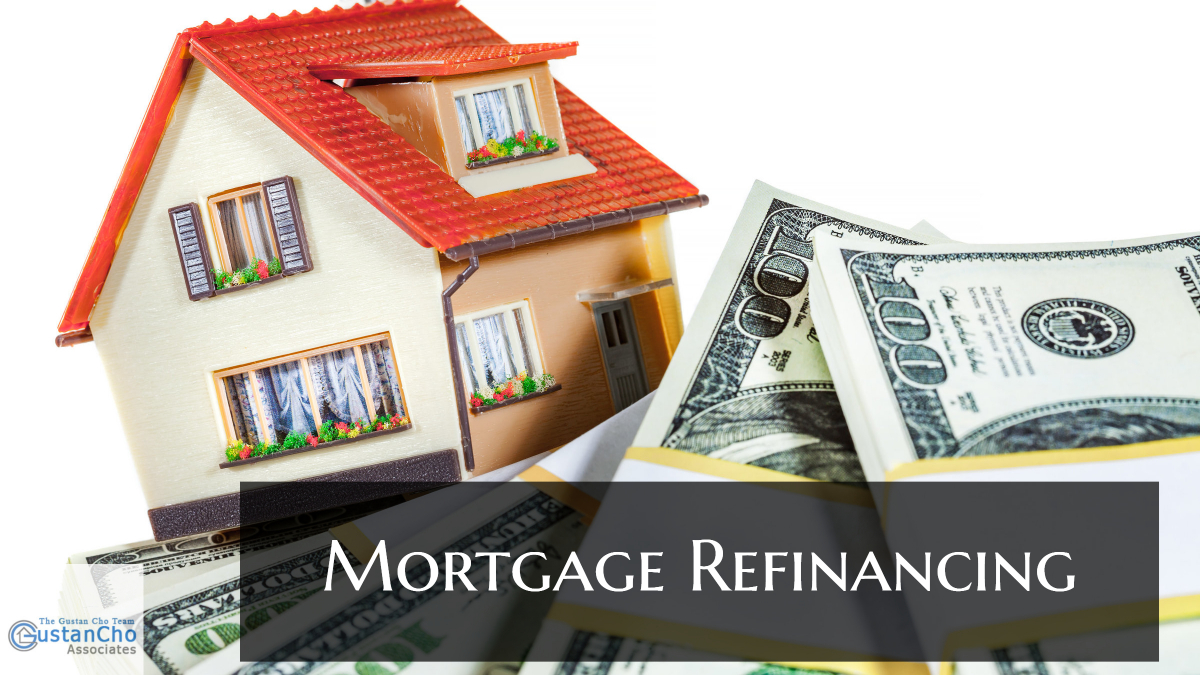Table Of Content

But just because lenders offer a certain rate doesn’t mean you’ll necessarily qualify for it. Often lenders will publish their lowest rate available, but those rates are reserved for borrowers who tick several boxes, like holding a high credit score and a low loan-to-value ratio. Our refinance calculator can help you estimate what your monthly payments and loan options might be if you decided to refinance. If you have enough equity in your home, you may be able to do a cash-out refinance. With cash-out refinancing, you refinance your current home loan for more than the amount you currently owe and keep the extra money to spend on things like home projects or paying off other high-interest debt. In the "advanced settings" on the refinance calculator you can convert the tool to a cash-out refinance calculator.
How much does it cost to refinance?
Loan Modification Vs. Refinance - Bankrate.com
Loan Modification Vs. Refinance.
Posted: Wed, 10 Apr 2024 07:00:00 GMT [source]
The average APR on the 30-year fixed-rate jumbo mortgage refinance is 7.73%. When the slider shifts from red to green, it means that the interest savings total more than the closing costs over that number of years. Or a refinance could result in a higher monthly payment and more interest over time. In other words, it’s what you’ve paid off already – for example, if your house is worth $200,000, and you’ve paid off $40,000 of your loan, you have 20% in equity. Generally, you’ll need at least 20% equity in your home for a refinance. Refinancing a mortgage can take anywhere from 45 to 60 days, depending on the type of loan you choose.
If both the monthly payment and interest will be higher
When you refinance your home loan, you pay off your existing mortgage with funds from the new loan, which means you will have a new loan note. If your objective is to save money, then your new refinance rate should be low enough to offset the cost of acquiring the loan. Use a mortgage refinance calculator to determine the refinance interest rate that would make it financially worthwhile. With this type of refinance, your lender replaces your existing mortgage with a loan that has a reduced balance.
Enter City and State to get a custom rate
Home refinancing: pros, cons, and what to know - The Zebra
Home refinancing: pros, cons, and what to know.
Posted: Fri, 19 Apr 2024 07:00:00 GMT [source]
Your current principal balance stretches across the additional payments, reducing your monthly cost. If you have a lump sum to apply to your existing mortgage amount, try a cash-in refinance which reduces monthly payments further. The cash decreases the balance which is then spread across additional payments.
The balance will either be paid through the proceeds from the sale of the home or through payments made by your heirs after a standard refinance. Adjustable-rate mortgages have a fixed interest rate for a set amount of time, after which the interest rate fluctuates periodically. For example, a 5/1 ARM means you’ll have a fixed interest rate for the first five years and then a variable interest rate that changes every year after that. ARMs usually start out lower than standard fixed-rate mortgages but can change over time based on a benchmark. Each mortgage has a loan term, which is the amount of time over which you’ll repay the balance.
Shop Around for the Best Rate
If you don’t plan to stay for more than a couple of years, you should look closely at the lender’s loan estimates, which will show you the projected five-year cost. The slider starts in the red, indicating that the closing costs exceed the interest savings at first. The calculator asks if your priority is reducing the monthly payment or the interest you'll pay in the next few years. The closing disclosure and the loan estimate list the closing costs to finalize the loan. A refinance simply means you replace your existing mortgage with another mortgage with a different rate and term. Refinancing a mortgage is the process of replacing your existing loan by acquiring a new home loan in its place that suits your financial circumstances.

Frequently asked questions about refinance calculations
We aren't likely to see home prices drop anytime soon thanks to extremely limited supply. A HELOC is a line of credit that lets you borrow against the equity in your home. It works similarly to a credit card in that you borrow what you need rather than getting the full amount you're borrowing in a lump sum. It also lets you tap into the money you have in your home without replacing your entire mortgage, like you'd do with a cash-out refinance. This means we could see mortgage rates improve somewhat as we approach fall. So it’s a good idea to check assumptions when you’re comparing rates.
As long as you don’t open any other credit cards and continue repaying any debts you have, your credit score can recover after a few months. Maybe you finally have enough home equity to refinance your Federal Housing Administration (FHA) loan. You might be able to refinance your FHA loan to a conventional loan and stop paying a mortgage insurance premium (MIP). It’s important to note that you’d still be expected to pay certain fees related to homeownership and your mortgage over the loan’s term. Once you sell your home or pass away, your loan balance will be due to your lender.
Your current mortgage balance is the amount of your mortgage that you still owe. Typically, it is worthwhile to refinance if the reduction in total interest expected to be paid over the life of the loan is greater than the cost of acquiring the loan. Once you’ve gathered the necessary documents, you’ll need to fill out an application with the lender you’ve chosen.
Learn more about the factors to weigh as you decide if refinancing your mortgage is the right choice for you. Ultimately, the benefits of your refinance can outweigh the potential costs. You could be closer to achieving your personal goals without putting yourself at greater risk of being unable to pay off your loan in the long term. Finding a mortgage lender to help with your refinance is crucial to the refinancing process. It’s important to do your research and shop around for a lender that best fits your needs. Don’t be afraid to negotiate and find the best lender that can make the refinancing process easy and painless.
But the upfront costs required for refinancing may mean the lower monthly payment isn’t worth your while. That’s why it’s important to understand the refinancing process and make sure it’s the right move for you. Yes, borrowers could end up paying about 3% – 6% in closing costs for this type of refinance. A reverse mortgage is technically a type of refinancing option for borrowers over the age of 62 with sufficient equity in their homes. Borrowers who switch to a reverse mortgage don't have to make payments on their loan while they’re alive.

No comments:
Post a Comment